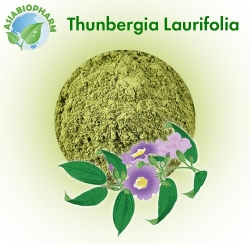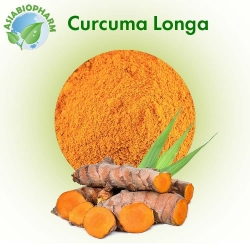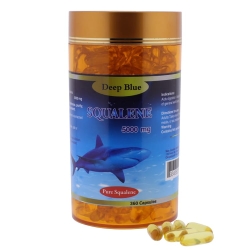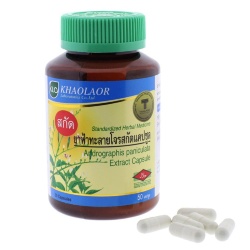Sodium Thiosulfate
Sodium Thiosulfate
Description:
Complexing agent.
Composition:
Active ingredient: sodium thiosulfate pentahydrate - 300 mg.
Excipients.
Indications for use:
As an antidote for poisoning with cyanides, heavy metal salts, including compounds of mercury, arsenic, salts of strontium, barium, aluminum and tantalum
Pharmacokinetics:
After intravenous administration of sodium, thiosulfate is distributed into the extracellular fluid. The volume of distribution is 0.15 l / kg. 20-50% of exogenously administered sodium thiosulfate is excreted unchanged by the kidneys.
The half-life (T1 / 2) after intravenous administration of 1 g of sodium thiosulfate is approximately 20 minutes, with the introduction of higher doses in healthy volunteers (150 mg / kg, i.e. 9 g per 60 kg of body weight) T1 / 2 is 182 min.
Pharmacodynamics:
Sodium thiosulfate is a complexing agent. When introduced into the body, it has a detoxifying effect. Forms non-toxic or low-toxic compounds with cyanides.
The main mechanism of detoxification in case of poisoning with hydrocyanic acid and its salts (cyanides) is the formation of less toxic thiocyanate compounds (thiocyanate) with the participation of the rhodonase enzyme, thiosulfate cyanide serotransferase (found in many tissues, but exhibits maximum activity in the liver).
The human body has the ability to endogenously detoxify cyanides, but the rhodonase system works slowly, and in case of cyanide poisoning, its activity is insufficient for detoxification, and therefore, to accelerate the reaction catalyzed by rhodonase, sodium thiosulfate, which is a sulfur donor, must be introduced into the body.
Contraindications:
Hypersensitivity to sodium thiosulfate.
Carefully: Renal failure (delayed excretion of the resulting compounds), old age (due to possible impaired renal function), children under 18 years of age (there are no clinical studies to assess the safety and efficacy of sodium thiosulfate in the pediatric population, but there are reports in the medical literature on the use of sodium thiosulfate in combined with sodium nitrite in pediatric patients with cyanide poisoning, and therefore dosing recommendations for pediatric patients are based on theoretical calculations of the potential detoxification effect of the antidote, by extrapolating data from animal experiments, as well as a small number of case histories).
Side effects:
Since there are no well-controlled studies evaluating the profile of sodium thiosulfate adverse events, the incidence of reported side effects reported in the medical literature cannot be estimated.
Disturbances from the cardiovascular system: a decrease in blood pressure.
Nervous System Disorders: Headache, disorientation, salty taste in the mouth, warmth all over the body.
Disorders from the gastrointestinal tract: nausea, vomiting.
Disturbances from the circulatory system: prolongation of bleeding time.
Others: allergic reactions.
Rapid or large doses of sodium thiosulfate were associated with a higher incidence of nausea and vomiting.
Method of preparation or use:
Intravenously slowly. Treatment should be started as early as possible after diagnosis.
Adults are administered in a single dose of 50 ml of solution, children at the rate of 250 mg / kg of body weight.
If the symptoms of cyanide poisoning reappear, it is necessary to repeat the administration of the drug at a dose of 50% of the original.
During the injection, it is necessary to control the blood pressure: in the case of a pronounced decrease in blood pressure, it is necessary to reduce the injection rate.
Storage conditions:
Store in a dark place at a temperature of 18-20 C.
| Weight, gross | 350 g |
| Weight | 350 g |
Отзывы покупателей
List is empty














